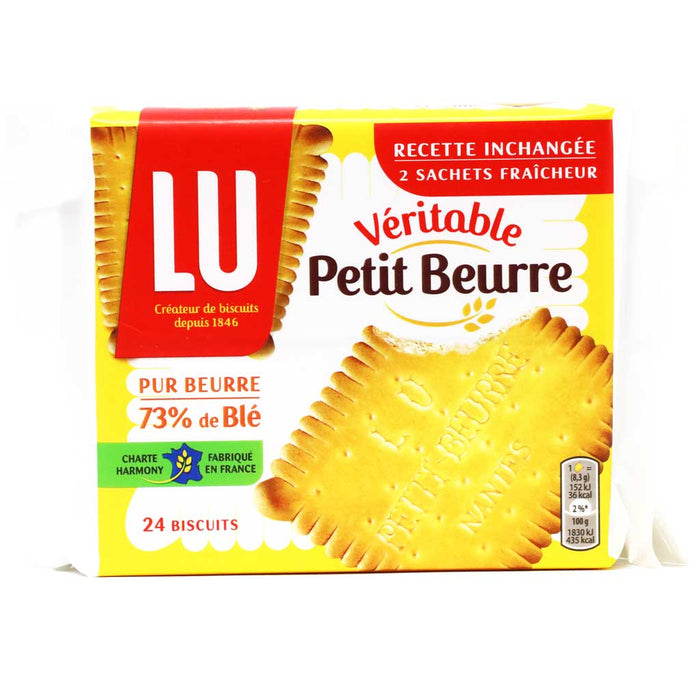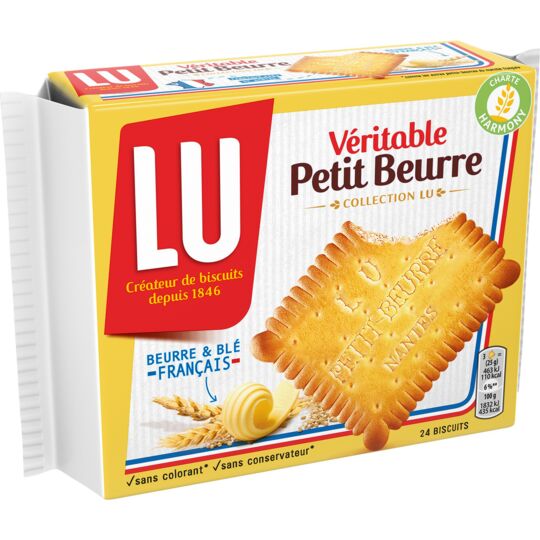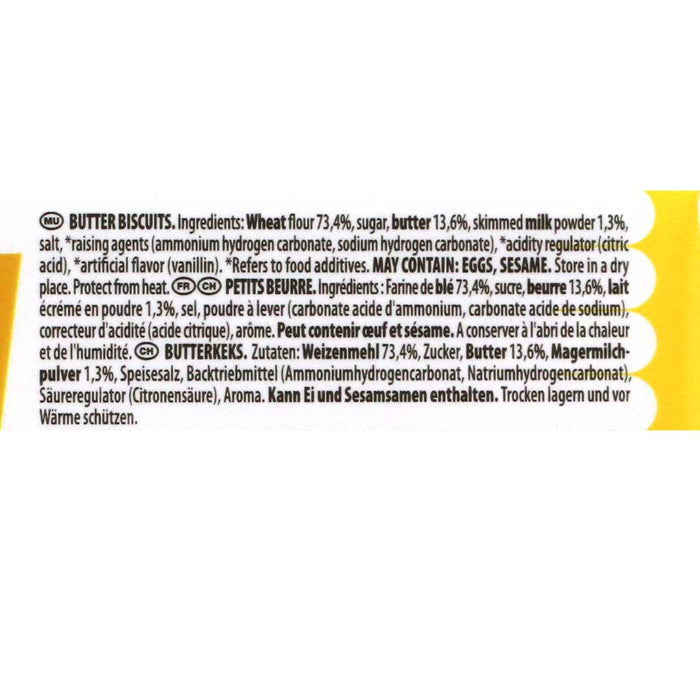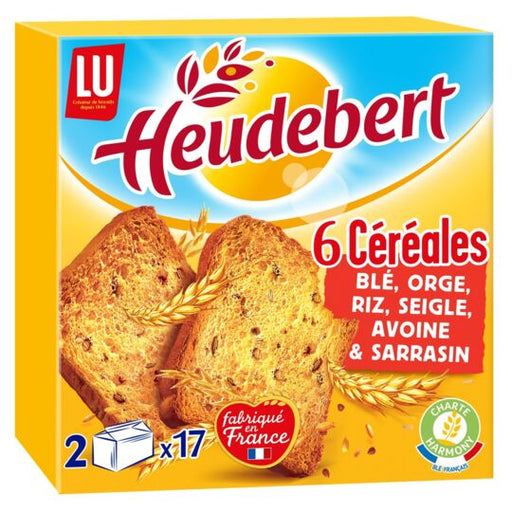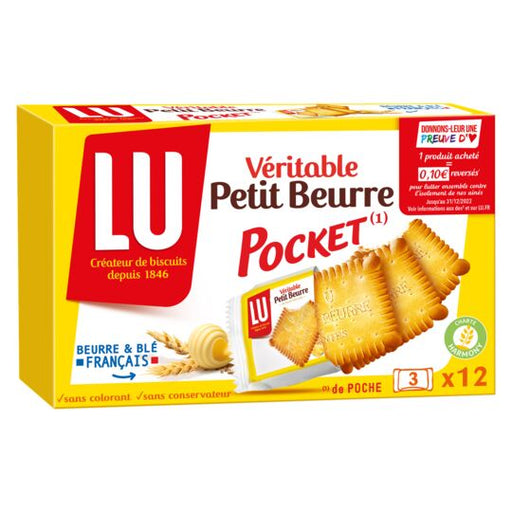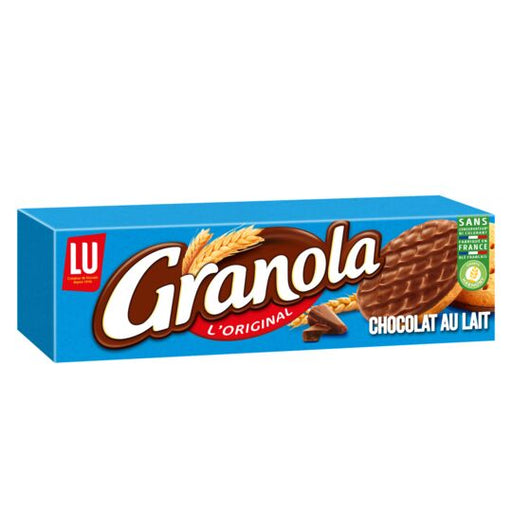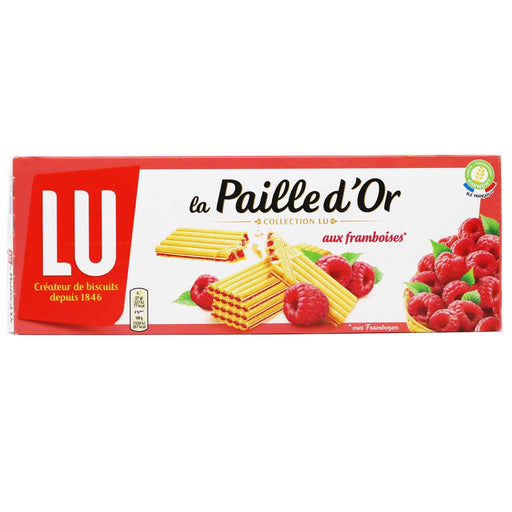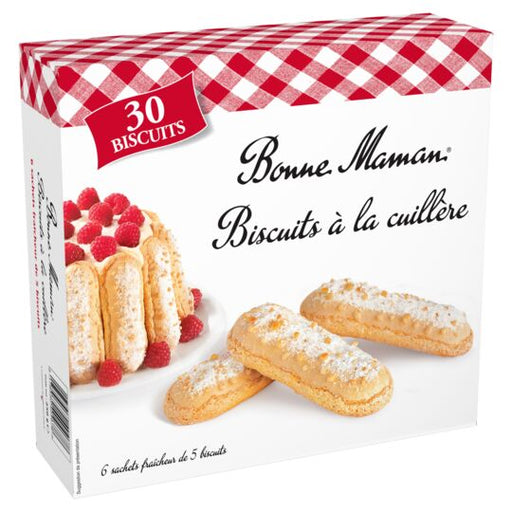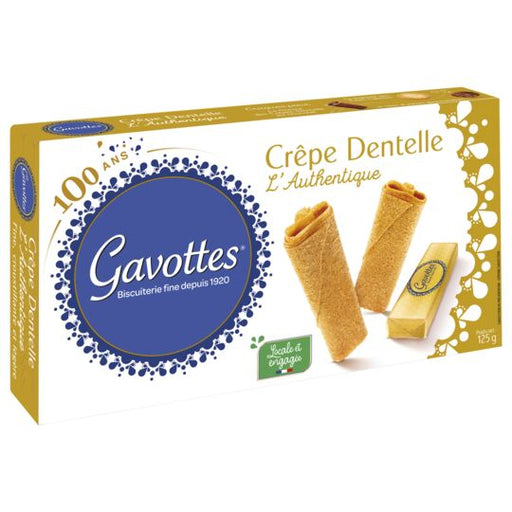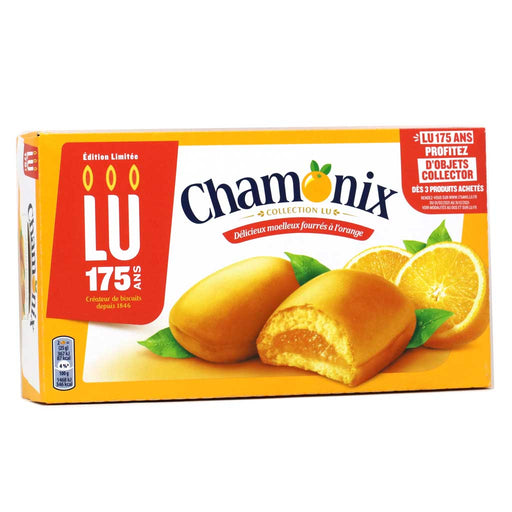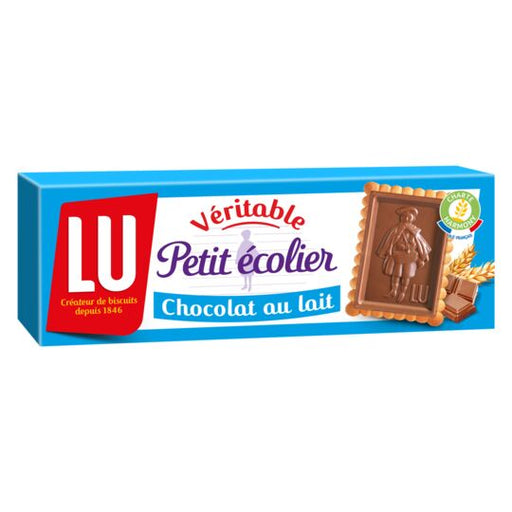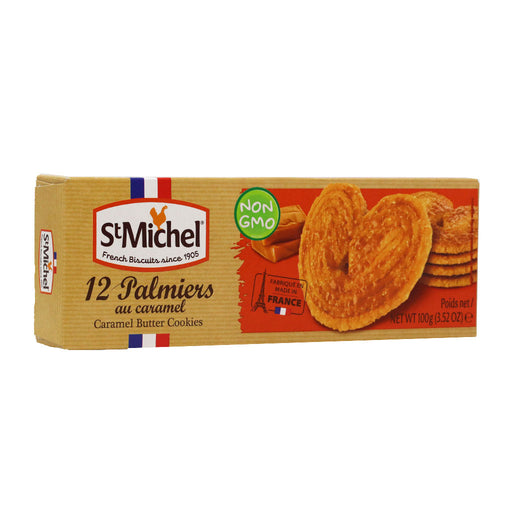The Petit Beurre, also known as Véritable Petit Beurre and commonly abbreviated as VPB, represents a beloved variety of shortbread hailing from Nantes. It holds significant recognition not only across France but particularly in the enchanting region of Pays de la Loire. Notably, the LU company's rendition of Petit Beurre has achieved global acclaim, standing as a prime example.
Originating in 1886 within the vibrant city of Nantes, the crisp and delightful biscuit was a creation of Louis Lefèvre-Utile. This innovation drew inspiration from English baked goods of the era. While the LU Petit Beurre gained substantial fame, LU did not pioneer the famous biscuit, and the term "Petit Beurre" isn't exclusive to them.
Historically, the term "Petit Beurre" served as a generic designation, typically with a hyphen. Its plural form, "Petit-beurre," often encountered misspellings. In Anglo-Saxon regions, it's referred to as the French Petit Beurre. Turkey recognizes it as "Petibör," while Greece addresses it as "Πτι-Μπερ" or "PteeBer."
Distinctive Attributes
Measuring 65 mm in length, 54 mm in width, and 6.5 mm in thickness, each unit weighs 8.33 g. The biscuit boasts a sleek surface adorned with twenty-four indents arranged in four rows of six columns. Amidst this pattern, the inscription "LU PETIT-BEURRE NANTES" appears across three lines. This font design pays homage to the handwriting seen in books cherished by one of Le Petit Beurre's creators' grandmothers.
To achieve a "homemade" appearance, the biscuit is lightly brushed with milk before baking. The smart design element where the thickness of eight biscuits aligns with their width allows for efficient square packaging.



